The number of patients with osteochondrosis increases every year, and the illness is incredibly young -a few decades ago, this problem mainly affected older people, but now it feels itself for those who don't even have 30, and one of its most common forms is osteochondrosis that brought the maximum load with the maximum load onto the market.In addition to constant pain that affects normal life, osteochondrosis without timely medical care with serious complications is affected, which means that it is very important to recognize its first signs in good time and to start the fight against it.
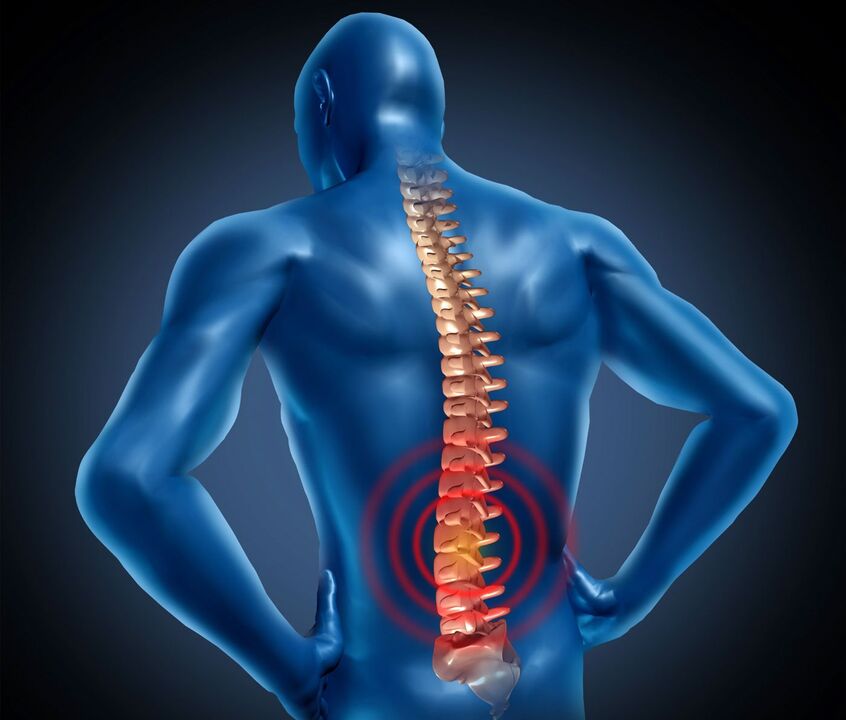
Where does osteochondrosis come from?
The question is anything but easy because there are really many factors that can provoke this disease.It can be both the physiological properties of the body as well as an unhealthy lifestyle, a diet or even a genetic engineering program.In general, a distinction can be made from the main reasons for the development of the osteochondrosis of the lumbar region:
- Wrong distribution of the load on the spine (incorrect posture, poor mattress or bureaucracy, etc.);
- sitting lifestyle;
- Frequent loads;
- unhealthy habits;
- a lean diet that leads to a lack of the necessary vitamins and trace elements;
- Settlement;
- Pathology of the structure of the musculoskeletal system, for example curvature of the spine, flat feet, etc.;
- Obesity;
- Violation of the metabolism;
- Spinal injuries;
- Translated infectious diseases;
- Chronic inflammatory processes, mainly associated with joint diseases;
- Genetic predisposition.
The risk group also includes people whose professional activities are associated with considerable burdens, for example athletes and those who have to be in the same pose for a long time: teachers, office workers, drivers, waiters, hairdressers, etc.
In addition, osteochondrosis often becomes the result of other diseases, such as disorders in the liver or gastrointestinal tract (in about 30% of patients), heart and inflammation of the ovaries in women and prostatitis in men.In this case, existing pathologies provoke muscles and vascular cramps, which leads to oxygen hunger and dystrophic changes.Accordingly, substances that form the vertebrae and intervertebral windows and suffer from a lack of nutrition are gradually destroyed - osteochondrosis of the lumbar region.
Symptoms of the disease
What signs can be recognized in one person in an osteochondrosis of the lumbar spine, and is it realistic to do this until the disease has gained dynamics?Unfortunately, in many cases, this disease is almost asymptomatic in the early stages, and from time to time there is a slight discomfort in the back, which is most frequently written to normal tiredness.This is its main danger - while osteochondrosis can still be dealt with without consequences, it is difficult to recognize, and if the problem is obvious, it is much more difficult to slow down pathological processes.
The most important sign of this pathology is a severe pain with a lower back, which often spreads over the entire back, buttocks and legs.In the first stages, it mainly hurts or draws after physical exertion or sudden movements.Over time, the periods of relative surfaces become shorter and gradually become unpleasant sensations in the lower back into its permanent companions if the patient does not feel pain and symptoms.In addition, there are exacerbations when the pain becomes intense and sharp and even the most insignificant stress can provoke an attack, up to cough or sneeze.
There are additional signs of lumbar osteochondrosis:
- Stiffness of the movements;
- Acceptance of sensitivity and tingling in the legs;
- Violation of sweating;
- Muscle weakness;
- Drying and peeling the skin.
In the last stages, patients can have difficulty control and stool due to the clamping of the spinal cord, and male patients have erectile dysfunction.
Degree of lumbar osteochondrosis
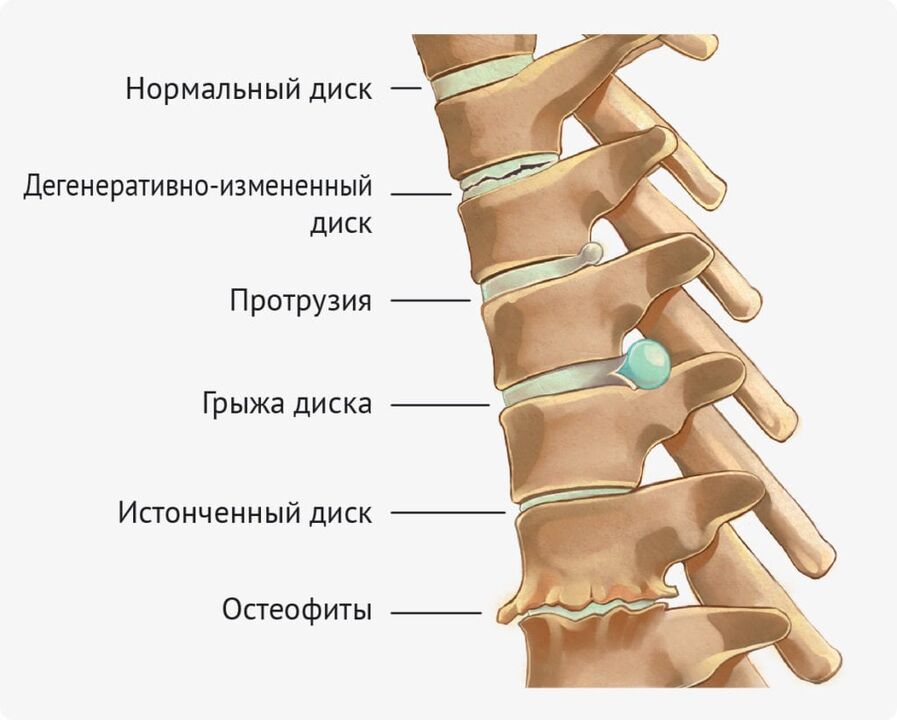
A total of 4 main stages of the development of the disease are differentiated.For 1, the deformation of the intervertebral discs is weakly expressed - these are small cracks in the fiber ring that cause unpleasant sensations.Osteochondrosis of the 1st degree is characterized by paroxysmal pain, which only occurs with sharp movements and lifting weights.We speak of Lumbago, ie bastarde in the lower back, in response to the attempt to change the unpleasant position of the body.In addition, patients in a stage of the disease often suffer from muscle cramps and swelling.
The osteochondrosis of the 2nd degree begins with lumbargia - pain and symptoms increase and appear regularly, and to improve well, it is not enough to lie down a little and relax.The process of destruction of the fibrous ring continues, and the vertebrae themselves acquire unhealthy mobility - the distance between them decreases and the nerve endings are caught.As a result, the patient has intensive pain and an alternative feeling of heat and cold, increased sweating and deafness of the skin.
Stage 3 of the osteochondrosis is the duration of the duration of swing hernia.The fibrous ring breaks and the contents of the core that presses the vessels and nerve roots falls out.At the same time, the patient is tortured by acute pain that follows him almost without a break.At regular intervals, the sensitivity in the affected area decreases or disappears completely and, on the contrary, can increase painfully and accompanies a feeling of tingling and burning.At this stage of osteochondrosis, even a non -specialist can notice the deformation of the spine - patients develop the curvature of the spine pillar according to the type of lordosis, kyphosis or scoliosis.
The 4th degree of the disease is most serious - the spine is very deformed, the patients suffer from constant pain, and every movement for them turns into a real problem.This is due to the almost complete destruction of the intervertebral discs, which means that the vertebrae are maximum converged or even in contact with each other.In this case, pressing the spinal cord can lead to paralysis of the lower extremities.If you don't start treatment on time, osteochondrosis can make one person a disabled person for the rest of his life.
Diagnosis of osteochondrosis
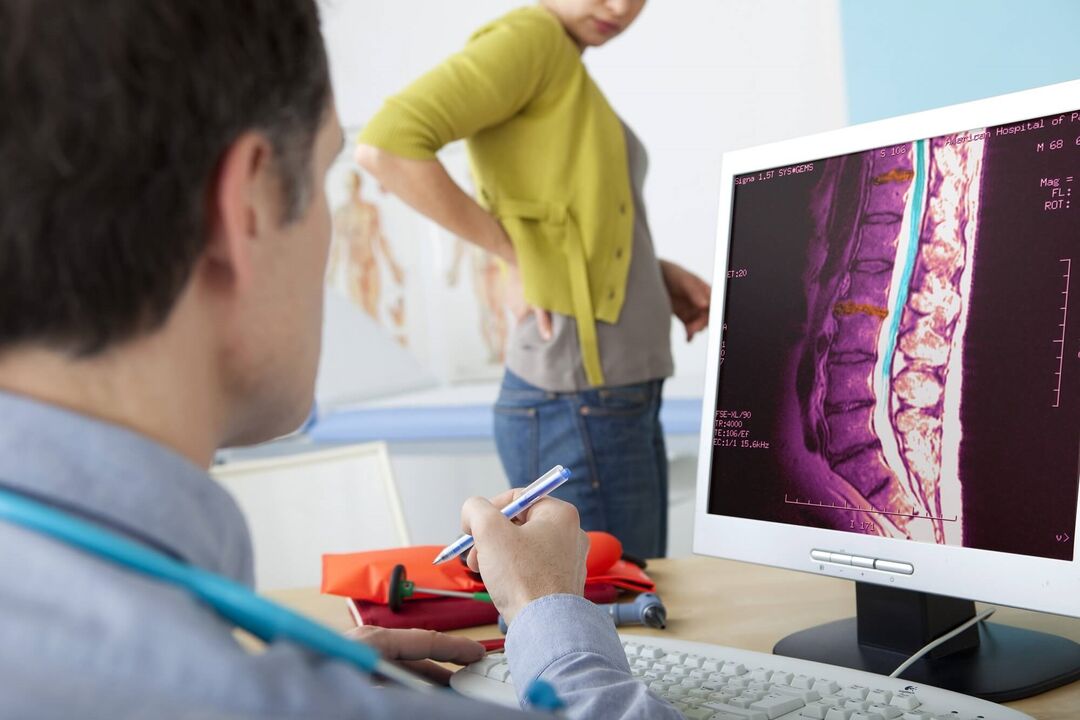
In the case of pain in the lower back area, most patients first advise the therapist who, if there are reasonable symptoms, they send them to a neurologist for further examination.In turn, he carries out an inspection, collects an anamnesis and prescribes hardware studies to make a precise diagnosis and to determine the degree of neglecting the disease.
During the collection of anamnesis, the main task of the specialist is to find out the type of unpleasant sensations, their localization, intensity and duration and also to understand what frequency the exacerbations of the disease are done, which is usually preceded and what measures relieve the patient.To make a diagnosis, the patient's lifestyle, his usual diet, the characteristics of professional activities, injuries and existing diseases, including hereditary, are important.
With the inspection you can evaluate the motor skills of the patient (attitude, gait, movement volume), the presence of sound and muscle cramps and determine the level of sensitivity in the affected area.
However, you can only take a complete picture with the help of hardware research: radiography, CT and MRI.With X -Ray you can recognize violations of the spine structures, assess the condition of the intervertebral discs and recognize the tendency in good time to reduce the lumen between the vertebrae.In this case, computer tomography is more informative - it makes it literally look into the spine and examine the existing pathologies.And the MRI, in turn, provides exhaustive information about the condition of the spinal cord, the nerve endings, muscles and blood vessels, which will not only determine for the diagnosis of a "lumbar ostochondrosis", but also the degree of neglecting the disease.
Treatment methods
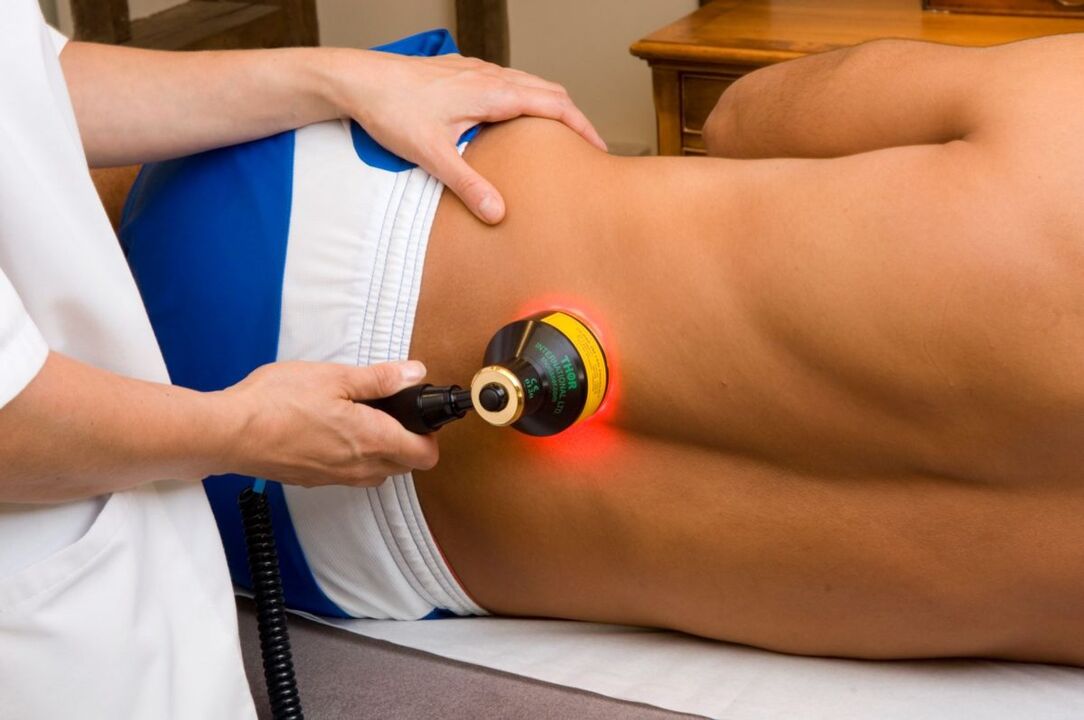
In order to successfully finish with the lumbar osteochondrosis, the patients need complex therapy that necessarily require medication, physiotherapeutic interventions, special gymnastics, massage and the use of traditional recipes for medicine that improve the effect of using traditional methods.
The priority task, which must be solved by the beginning of the treatment of lumbar osteochondrosis, is the relief of pain syndrome, since many therapeutic methods such as physiotherapy and training therapy cannot be used during the exacerbation of the disease.For this purpose, patients are prescribed pain relievers and injections as well as non -steroid inflammatory drugs.The latter are the main component of drug treatment of osteochondrosis - they not only manage with their symptoms, but also affect the causes that cause their appearance.In the most difficult cases, glucocorticosteroids are used to combat the inflammatory process, which are most often inserted into deep tissue in the damage zone, along with novocaine or lidocaine.
In addition, patients with osteochondrosis need preparations to remove muscle pasms - anticonvulsants and muscle relaxants, chondroprotectors, restore damaged cartilage tissue, and vitamins of group B, which strengthen the protective functions of the body and reduce inflammation.
According to the pain painting, physiotherapeutic methods come to the fore in the treatment of osteochondrosis.We talk about the use of laser therapy, magnetotherapy, ultrasound, electrophoresis, acupuncture, mud baths, paraffin applications, etc. that are effectively ready with symptoms and pain and repair the result by taking medication.
An important place in the fight against osteochondrosis of the lumbar region is redirected with physiotherapy exercises - subject to regular execution, the sentences of exercises that are specially designed for such a case, significantly improve the patient's condition and almost completely bring him back freedom of movement.And professional massage will help consolidate success that perfectly achieve muscle cramps.The non -traditional medicine, which offers osteochondrosis, plays a non -illuminating role in this matter, not only in combating this disease, but also safer than many synthetic medication.
Why is lumbar osteochondrosis dangerous?
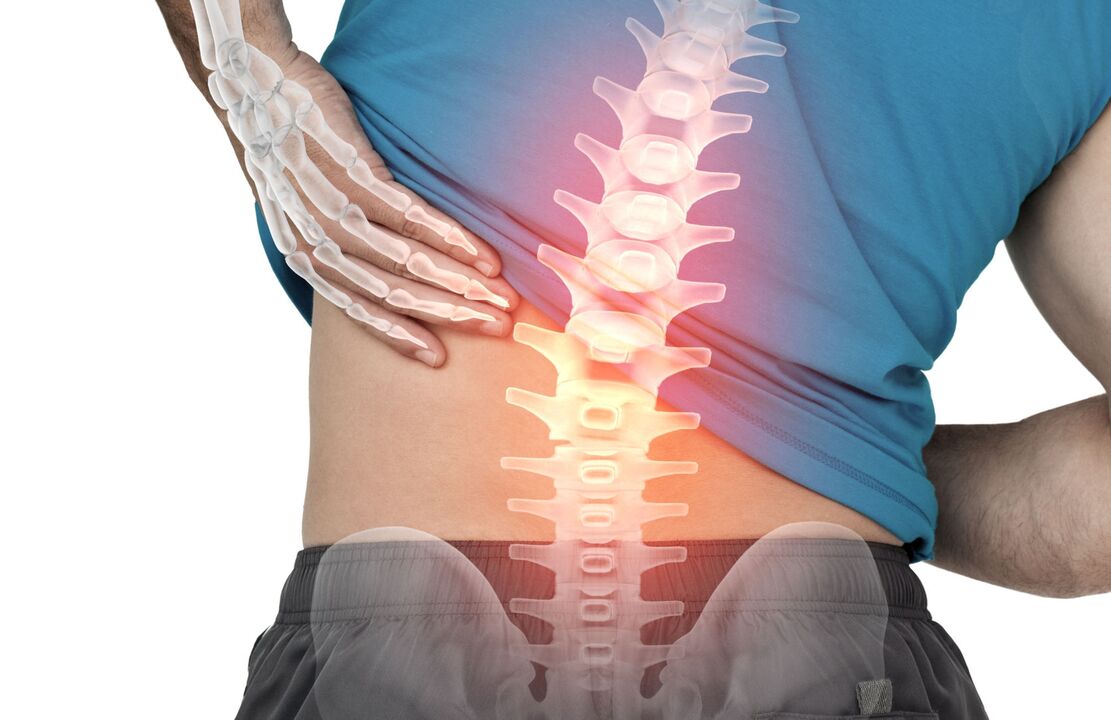
In addition to intensive pain, which often make the lifespan of a patient with lumbar osteochondrosis really unbearable, people with such a diagnosis are limited by motor skills, and some of them can be completely lost in the last stages of the disease.We speak of paralysis of the lower extremities, which can develop through the compression of the spinal cord.In the most extreme case, osteochondrosis can even lead to death if the shell of the spinal cord is significantly damaged.
Without reaching 4 levels, the osteochondrosis lumbar undermines human health seriously.It often ends with the formation of false hernia that require longer and complex treatment and in some cases as well as surgical intervention.In addition, squeezing blood vessels that are characteristic of osteochondrosis can lead to the formation of dangerous stagnation and violate the work of other internal organs.In patients with such a diagnosis, the genitarianninary often suffers - lumbar osteochondrosis can provoke problems with ovaries, uterus and followers in women and in men in men.
It is obvious that over time to recognize the symptoms of osteochondrosis, seek help and start your complex treatment - the task is extremely important.However, the role of prevention is no less important in this matter - with its help, you can reduce the risk of developing the disease and maintaining good health.We speak of regular but moderate physical exertion, a healthy lifestyle, a balanced diet, compliance with the drinking regime and the examinations of specialists who can identify possible problems in the earliest stages.
It should be remembered that osteochondrosis of the lumbar region is a serious disease that is extremely dangerous for health to ignore the symptoms.Only if you recognize the disease in good time and with the treatment can you slow the pathological processes and give back the patient to lead the opportunity to lead the usual lifestyle.Otherwise, the consequences can be the most unfortunate and the disability that the patient can no longer get rid of.



























